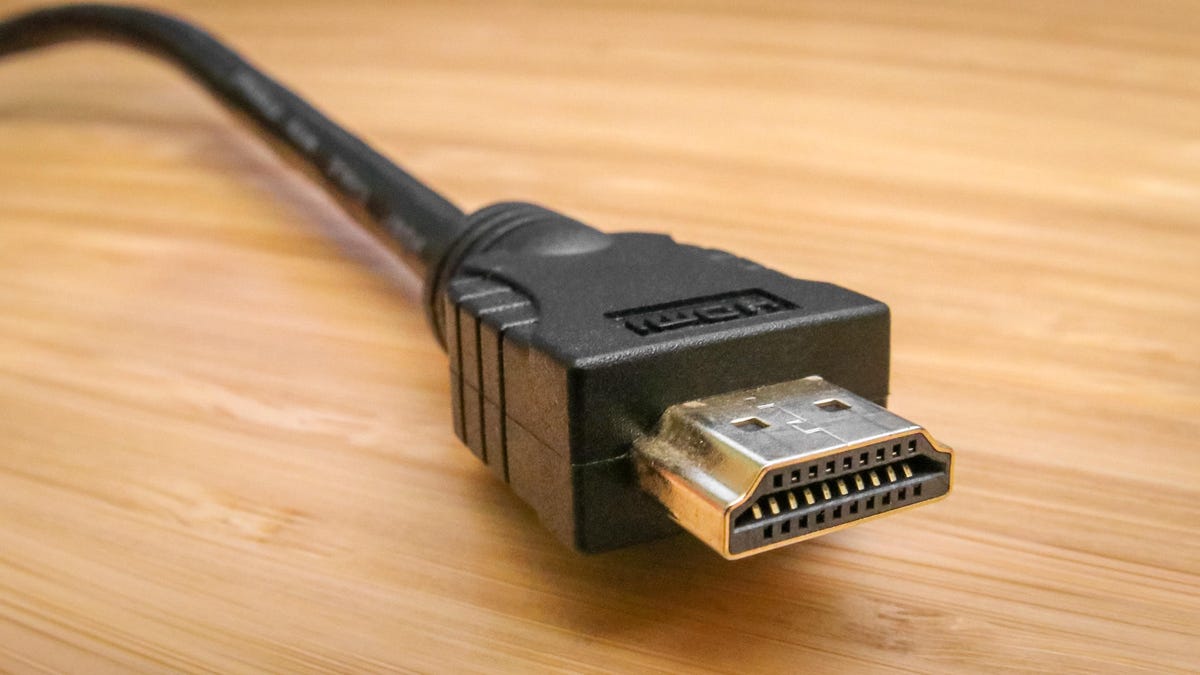LG confirms full HDMI 2.1 support in 2019 TVs
Futureproof-hungry videophiles, hardcore gamers and Dolby Atmos fans, rejoice.

The current version of the ubiquitous HDMI audio video connection can handle pretty much every video format available today, but with 8K on the horizon, TV and other hardware makers could hit its limits in the next few years.
That's where HDMI 2.1 comes in.
LG confirmed to CNET that its 2019 OLED and high-end LCD models will include full-spec HDMI 2.1 ports. That's the first such confirmation by a major TV maker.
For its part LG's rival Samsung told CNET it would also support HDMI 2.1 in its 2019 TVs, but wouldn't provide further details -- such as whether it would support the full spec, as LG claims, or just certain parts of it -- by press time.
For current and even near-future 4K TVs, HDMI 2.1 isn't a big deal, and the current HDMI 2.0 connections are plenty. They handle 4K resolution at frame rates up to 60 per second, and even some varieties of 8K (24 and 30 fps). They also don't require new HDMI cables.
But for the ultimate in futureproofing -- or for people who buy an 8K TV -- the full version of HDMI 2.1 is worth considering. It allows that HDMI connection (which looks and functions the same in both versions) to carry up to 48 Gbps (gigabits per second) of data, roughly 2.6 times the capacity of the current HDMI 2.0. That extra bandwidth opens the floodgates for higher frame rates and resolutions, like 4K at 120 frames per second or 8K at 60 frames per second.
The downside? To pass those higher-bandwidth sources, you'll finally need to buy new HDMI 2.1 cables.
HDMI 2.1 also appeals to high-end gamers and people who want to pass Dolby Atmos audio more easily to AV receivers and sound bars. It offers variable refresh rate (VRR) and automatic low latency mode (ALLM, or auto game mode) for the former as well as enhanced audio return channel (eARC) for the latter. Check out HDMI 2.1: What you need to know for details. Some of those features have been available before. Samsung's 2018 TVs support VRR and ALLM, for example.
I expect more TV makers to announce HDMI 2.1 support at CES 2019. Stay tuned.
CES 2019: See all of CNET's coverage of the year's biggest tech show.
CES schedule: It's six days of jam-packed events. Here's what to expect.

